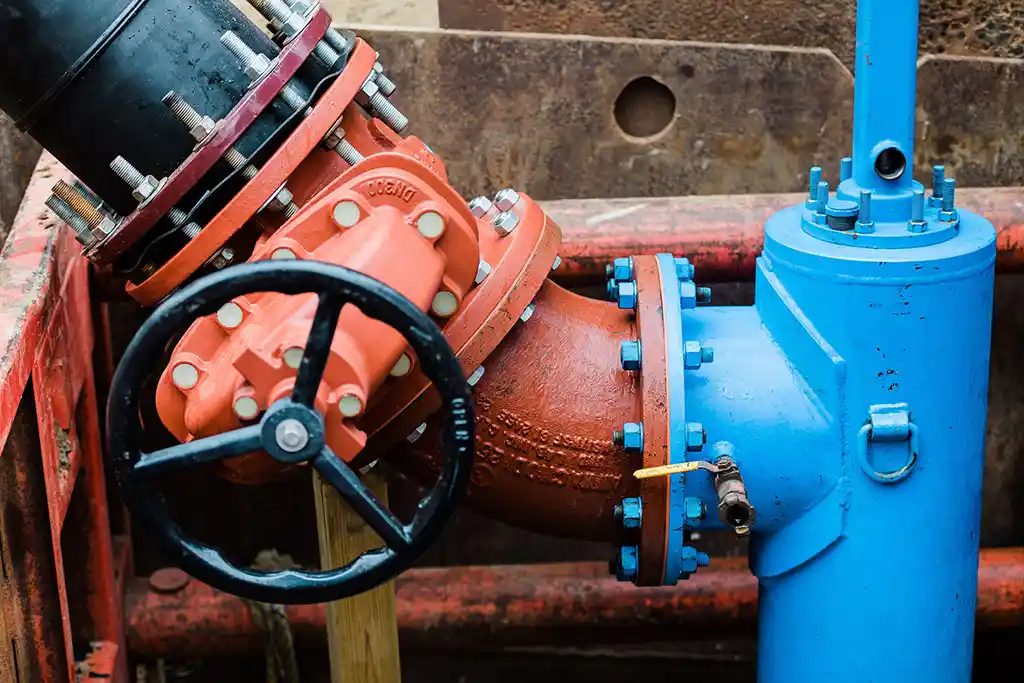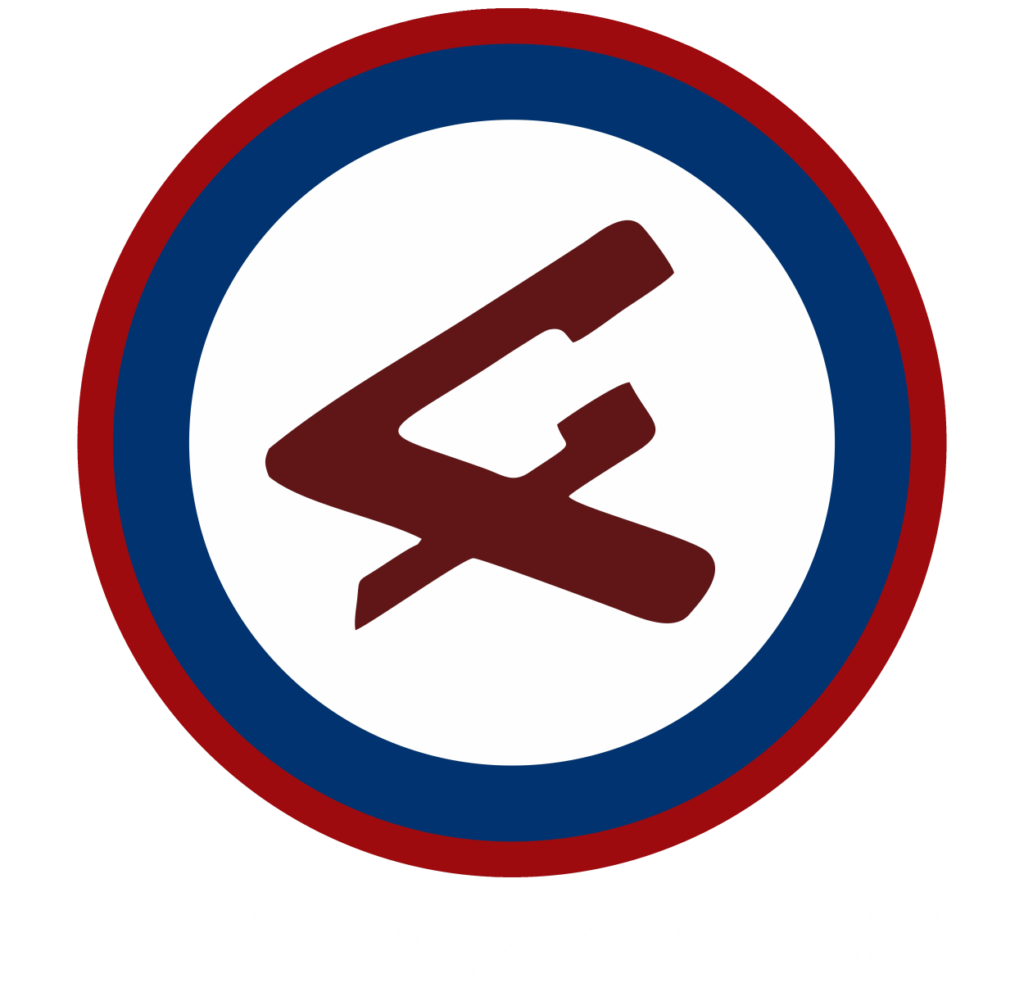
Line Stop Equipment Maintenance and Safety Tips
Pipeline systems form the backbone of industries that handle water, oil, gas, and chemicals. For these systems to run smoothly, tools like line stop equipment are essential. A line stop machine allows temporary isolation of a pressurized pipeline without shutting down the entire system. This ability makes maintenance and modifications easier, faster, and safer. Line stopping provides operators with the flexibility to repair, replace, or modify sections of pipe while keeping the rest of the system functional.
But owning or using line stop equipment is not just about convenience. It is also about responsibility. These machines work under high pressure and demanding conditions. If they are poorly maintained, risks multiply. Downtime, leaks, or even workplace accidents can occur. This is why consistent care and maintenance are so important. Safety is equally critical. Workers must follow strict guidelines to handle line-stopping equipment under pressure safely.
The right use of line stop actuators and other tools protects both people and assets. In addition, making informed choices when purchasing or renting line stop equipment for sale helps organizations save costs and improve reliability. The following sections explore what this equipment is, why maintenance matters, and how to ensure its safe, long-lasting performance.
What Is Line Stop Equipment?
Line stop equipment is a set of specialized tools used to isolate sections of pipelines temporarily. It allows workers to stop the flow in a section of pipe while the rest of the system stays active. The main machine, often called a line stop machine, creates a controlled block inside the pipe. This process is known as line stopping. A typical setup includes actuators, sealing heads, and fittings that connect to the pipeline. The line stop actuators apply controlled force to insert the stopping head into the pipe. This seals the section effectively. Piping line stop operations are common in water utilities, petrochemical plants, and industrial facilities where stopping the entire system would be costly.
Line stopping equipment comes in different sizes and designs depending on pipe diameter, pressure rating, and fluid type. Because pipelines vary widely, operators often purchase custom kits or explore line stop equipment for sale that meets their specific requirements. A well-selected machine ensures a reliable seal, reduces operational risks, and improves efficiency during planned maintenance or emergency interventions.
Why Maintenance of Line Stop Equipment Matters
Keeping line stopping equipment in top condition is vital for safety and efficiency. A line stop machine that is regularly maintained performs reliably during critical jobs. When neglected, even small faults can lead to big problems. Seal failures, unexpected leaks, or hydraulic breakdowns may occur without warning. Proper maintenance reduces downtime. Imagine a utility company relying on line stop actuators during an urgent repair. If the machine jams or misaligns, the whole operation halts, costing both time and money. Preventive care ensures smooth performance and prevents unplanned interruptions.
Maintenance also prevents accidents. Line stop equipment works under pressure. A weak seal or damaged part can expose workers to serious hazards. Regular inspections, lubrication, and calibration ensure the equipment can handle the stresses of live pipeline conditions. Finally, consistent upkeep extends equipment life. Purchasing new line stopping equipment is costly. By maintaining current machines well, organizations maximize their investment. Whether the machine is rented or bought, maintenance safeguards both safety and efficiency in every operation.
Maintenance Best Practices
Caring for line stop equipment requires a systematic approach. Below are the most effective practices to keep machines reliable:
- Routine Inspections: Always check for wear and tear. Pay close attention to sealing heads, alignment points, and pressure fittings. Catching problems early saves time later.
- Cleaning Procedures: After each use, clean the line stop machine thoroughly. This prevents contamination and ensures smooth sealing in the next job.
- Lubrication and Calibration: Keep moving parts well-lubricated. Regular calibration of line stop actuators ensures accurate performance under load.
- Proper Storage: Store equipment in dry, secure conditions. Avoid moisture to prevent rust. Ensure components are not misplaced or damaged in storage.
- Record Keeping: Maintain logs of inspections and repairs. Documentation helps identify recurring issues and plan replacements at the right time.
By following these best practices, operators make sure their line stopping equipment is always ready for service. A disciplined approach reduces risks and keeps downtime minimal.
Safety Protocols When Using Line Stopping Equipment
Safety is non-negotiable when dealing with pressurized systems. Line stop equipment, if mishandled, can cause severe accidents. Operators must prioritize protective measures at all times. First, workers must wear appropriate Personal Protective Equipment (PPE). This includes helmets, gloves, safety glasses, and protective clothing. Second, pre-operation checks are essential. Inspect the line stop machine for pressure ratings, fitting integrity, and correct alignment before use.
Emergency preparedness is another key step. Teams should be trained in stop-work procedures and know how to respond if something goes wrong. Handling high-pressure pipelines requires step-by-step control. Line stop actuators should be operated gradually, avoiding sudden movements that can disrupt sealing. Risk assessments should also be performed before every project. Identifying hazards specific to the site ensures that mitigation strategies are in place. Following these safety protocols not only protects workers but also secures the integrity of the entire pipeline system.
Common Issues and Troubleshooting Tips
Even the best line stop equipment may face operational challenges. Understanding common problems and their solutions helps minimize downtime.
- Seal Failures: Often caused by wear or misalignment. Fix by replacing seals and ensuring proper fit before reinsertion.
- Misalignment: The line stop machine may not fit correctly due to incorrect positioning. Recheck alignment and adjust before operation.
- Equipment Jamming: Hydraulic or mechanical issues can lead to jams. Lubrication and careful inspection usually resolve this.
- Machine Fatigue: Overuse without maintenance causes actuator strain. Rotate usage between machines and conduct timely servicing.
Operators should never ignore warning signs. Strange noises, resistance during operation, or leaks around fittings require immediate attention. Basic fixes like component replacement or recalibration often resolve issues. However, if problems persist, professional servicing is recommended to ensure long-term reliability.
Lifecycle Management and Equipment Upgrades
Every line stop machine has a lifecycle. Over time, parts wear out and performance decreases. Understanding when to refurbish or replace equipment ensures continued efficiency. The lifespan of line stop actuators and sealing components depends on usage intensity and maintenance quality. Regular servicing extends life, but after a certain point, upgrades become more cost-effective than repairs.
Modern line stopping equipment incorporates technological improvements. These upgrades enhance safety, reduce manual effort, and increase sealing accuracy. Operators should stay updated about new models available in the market. While refurbishing older units saves money, investing in advanced line stop equipment for sale may offer better long-term benefits. Lifecycle management ensures organizations strike the right balance between cost savings and operational safety.
Purchasing and Renting Safe, Reliable Line Stop Equipment
Organizations have two main options: purchase or rent. Buying a line stop machine provides long-term availability and customization. Renting is cost-effective for occasional use. When purchasing line stop equipment for sale, look for compatibility with pipe size, pressure requirements, and system materials. Ensure the machine meets industry certifications and comes with vendor support. Renting, on the other hand, requires careful checks to confirm the equipment is well-maintained and reliable. Whether buying or renting, quality matters most. Safe, certified line stopping equipment ensures smooth operations and protects both people and infrastructure.
How to Choose the Right Provider
Selecting a provider for line stop equipment requires careful consideration. Look for suppliers with strong safety records and recognized industry credentials. A reliable provider also offers technical support, training sessions, and spare parts availability.
Customer reviews and real-world case studies reveal the provider’s credibility. Additionally, assess their policies for maintenance and servicing of line stop machines. Choosing the right partner ensures not just the delivery of equipment, but also the assurance of safe and effective operations.
Conclusion
Line stop equipment is a cornerstone of modern pipeline operations. When maintained well, it ensures safe, reliable, and efficient performance. Neglecting maintenance, on the other hand, risks downtime, costly repairs, and worker safety. Operators should adopt a structured approach: regular inspections, cleaning, lubrication, safe storage, and accurate record keeping. Safety protocols must never be ignored. Common issues should be addressed promptly to prevent bigger failures. Lifecycle management and timely upgrades keep machines dependable over the years.
Finally, organizations must make informed choices when purchasing or renting line stop equipment for sale. By selecting trustworthy providers and prioritizing upkeep, they protect both people and pipelines. Investing in equipment care today ensures safe, efficient, and reliable operations tomorrow.
